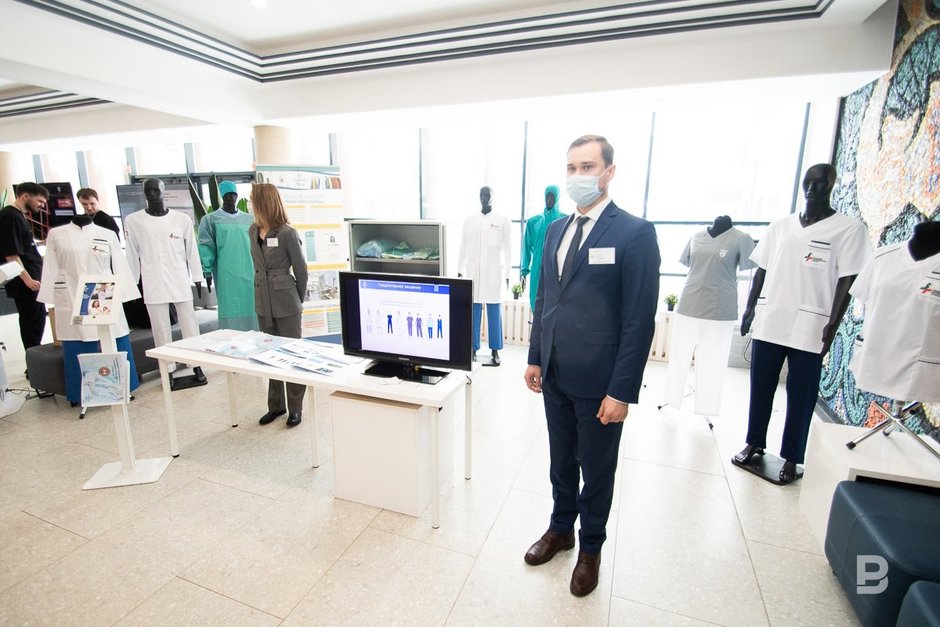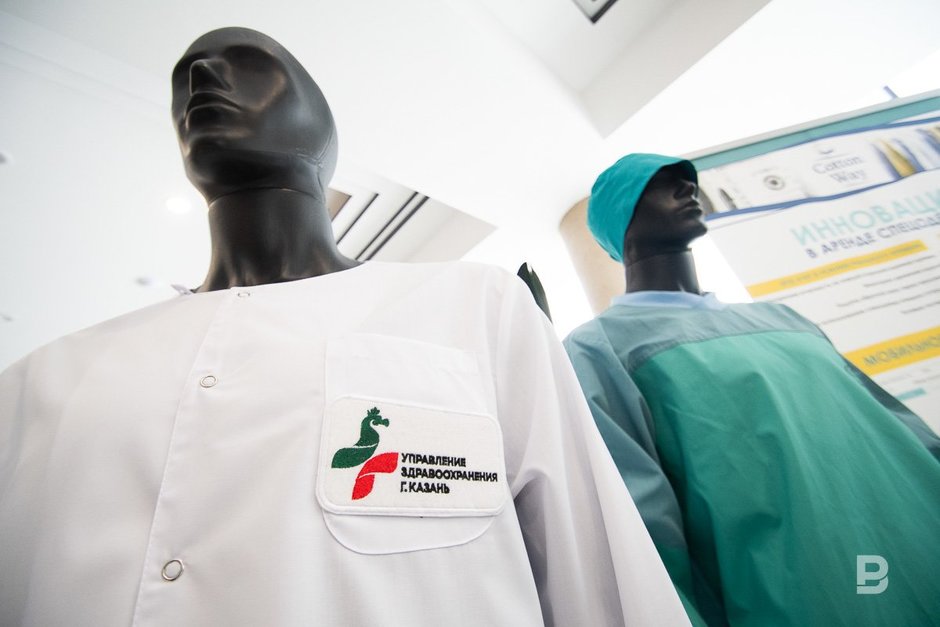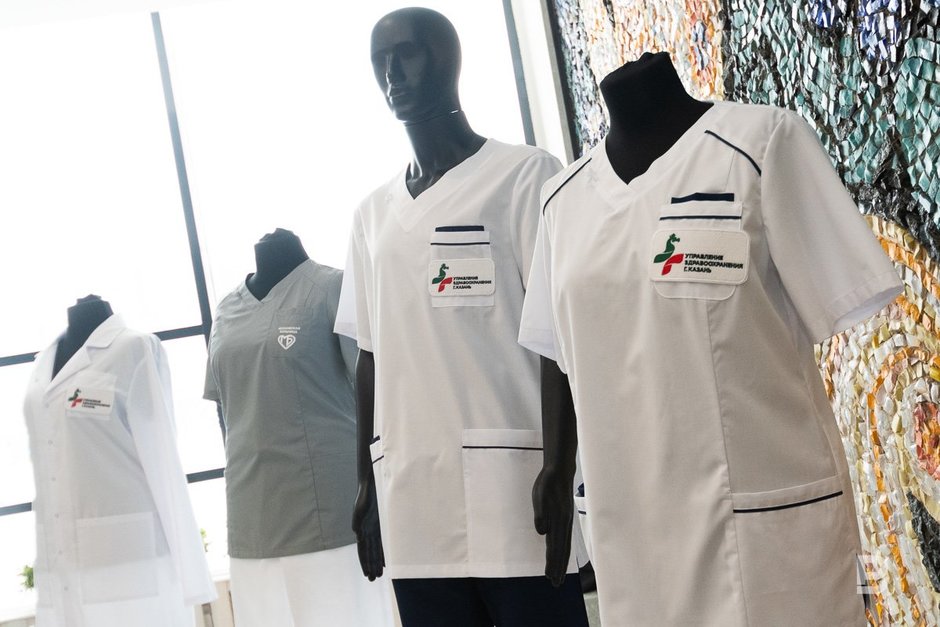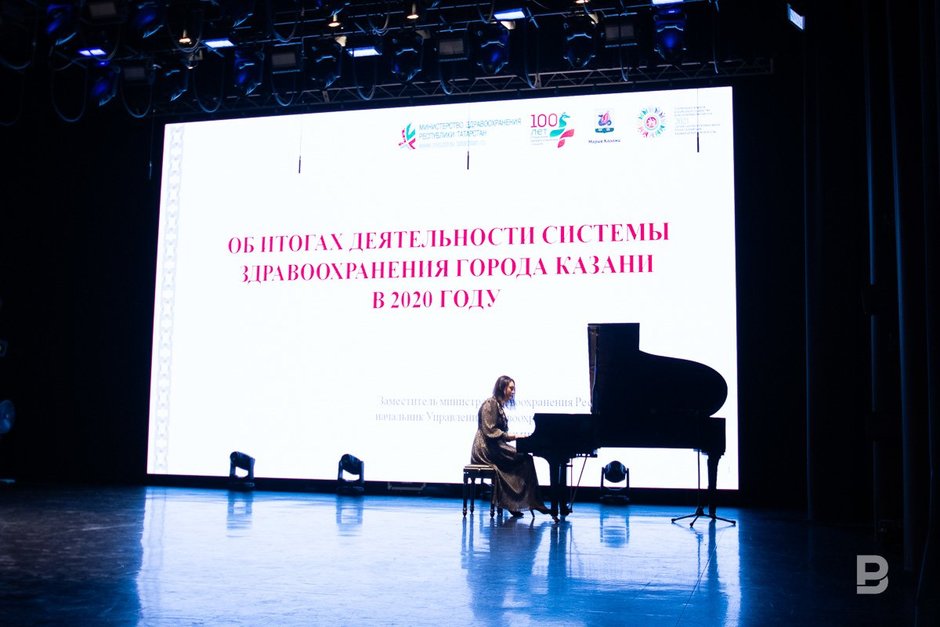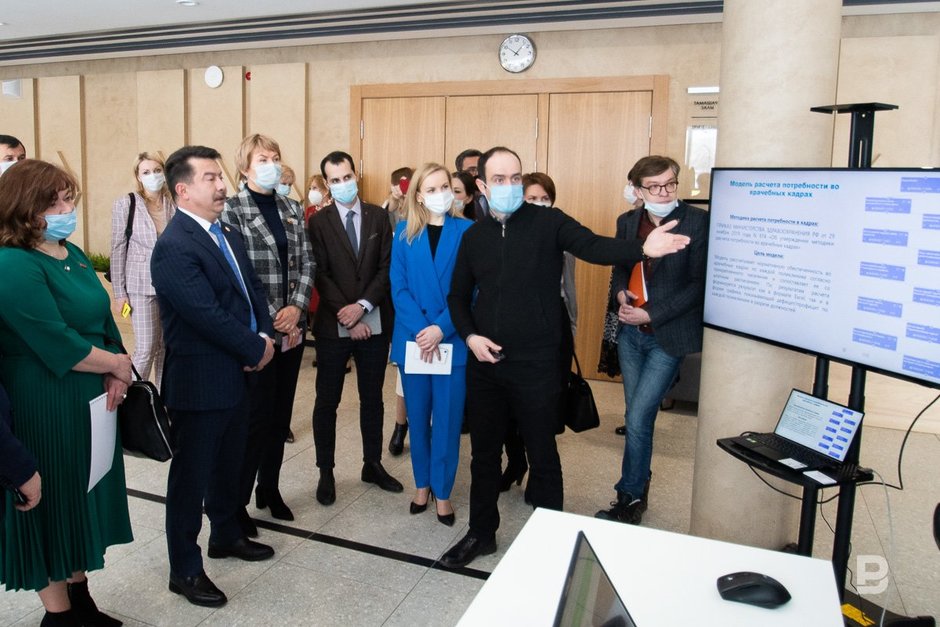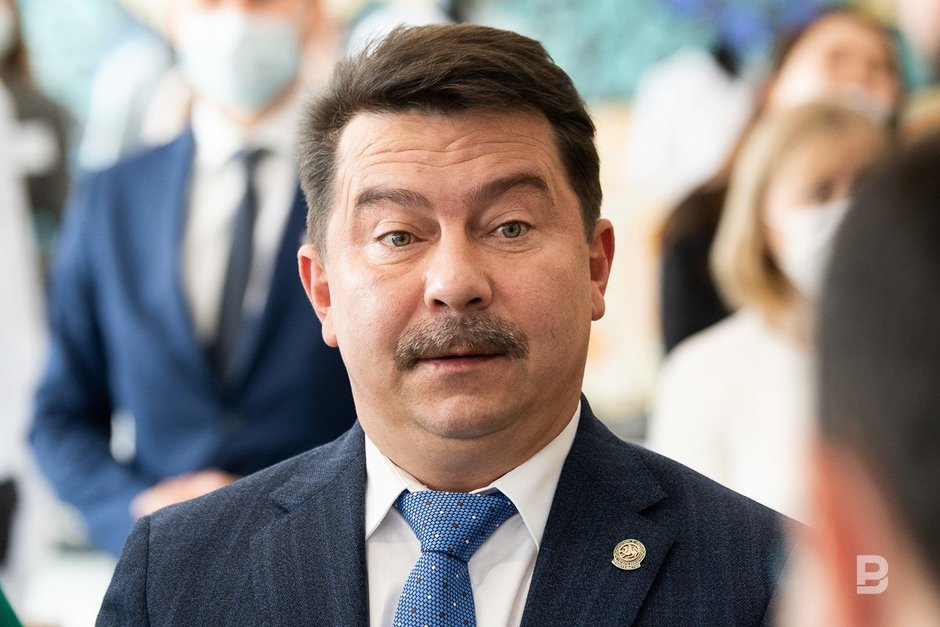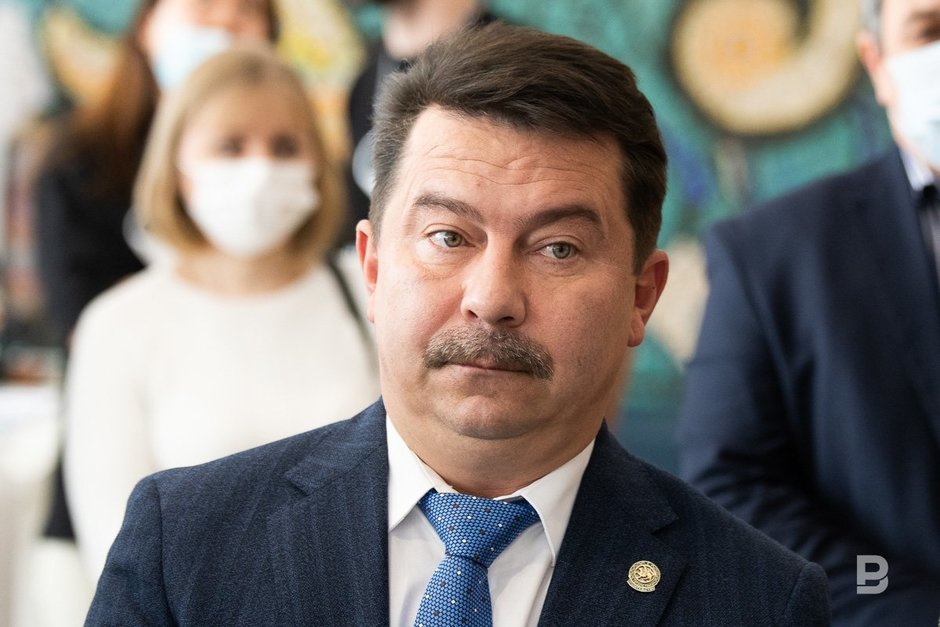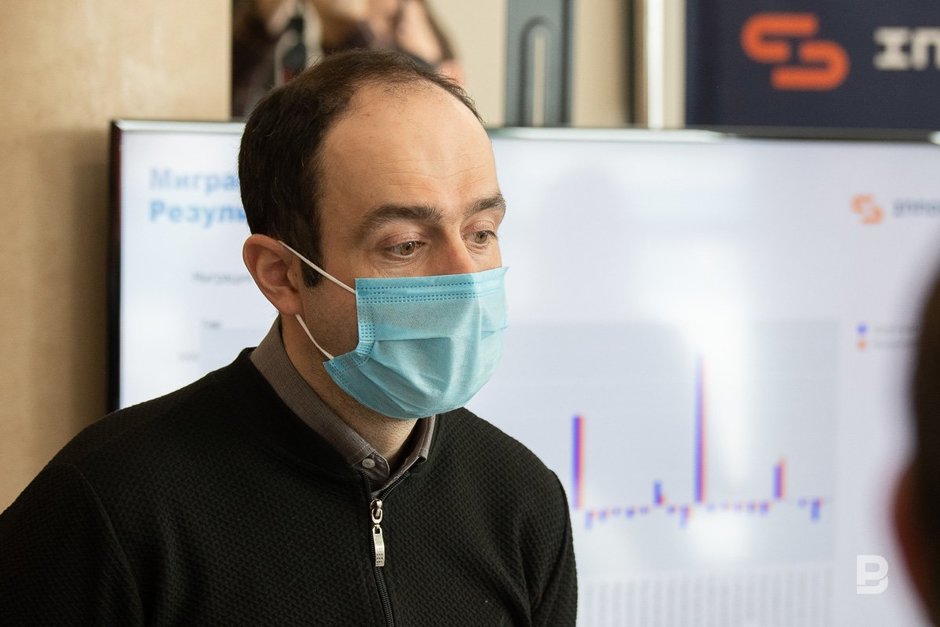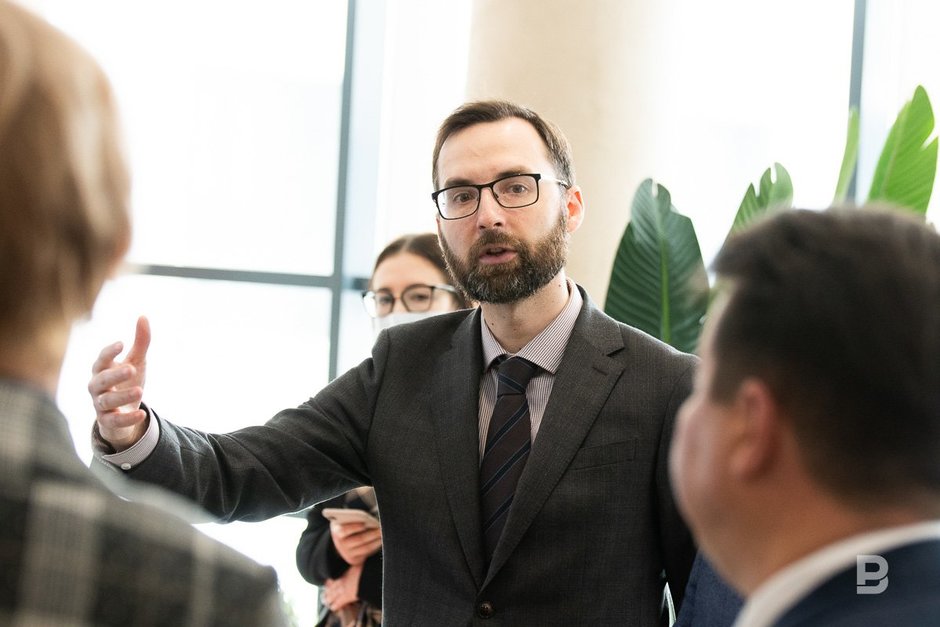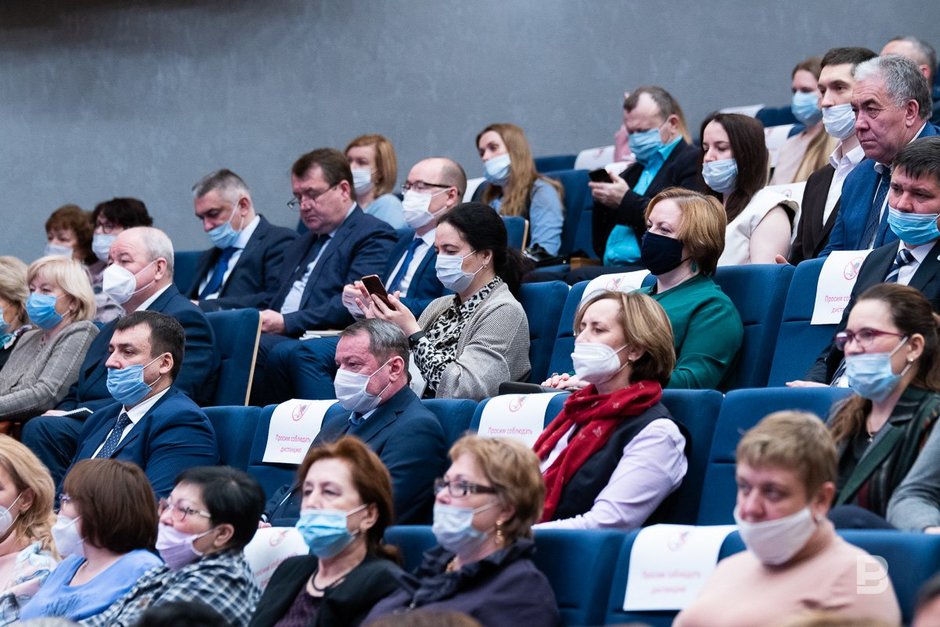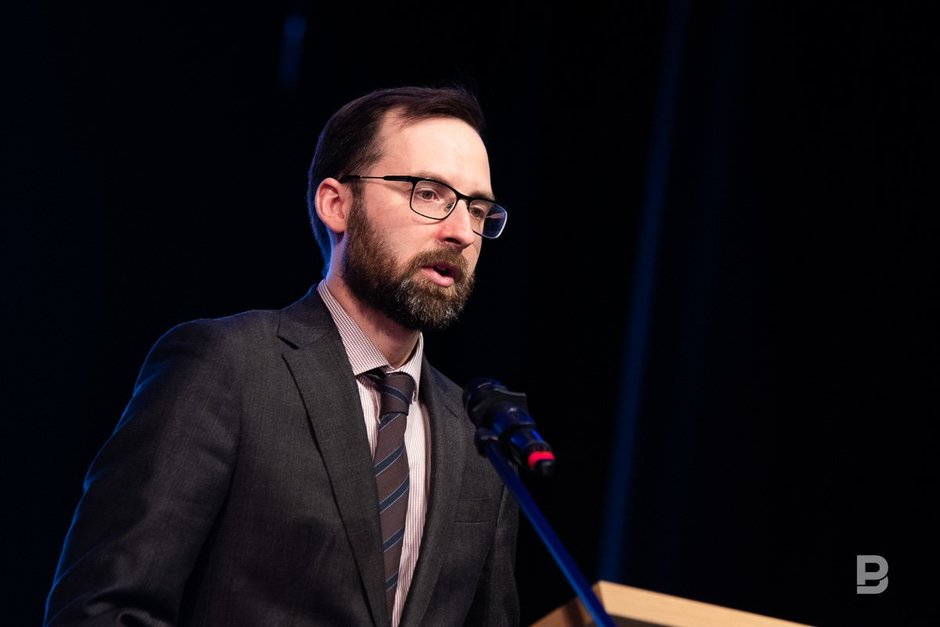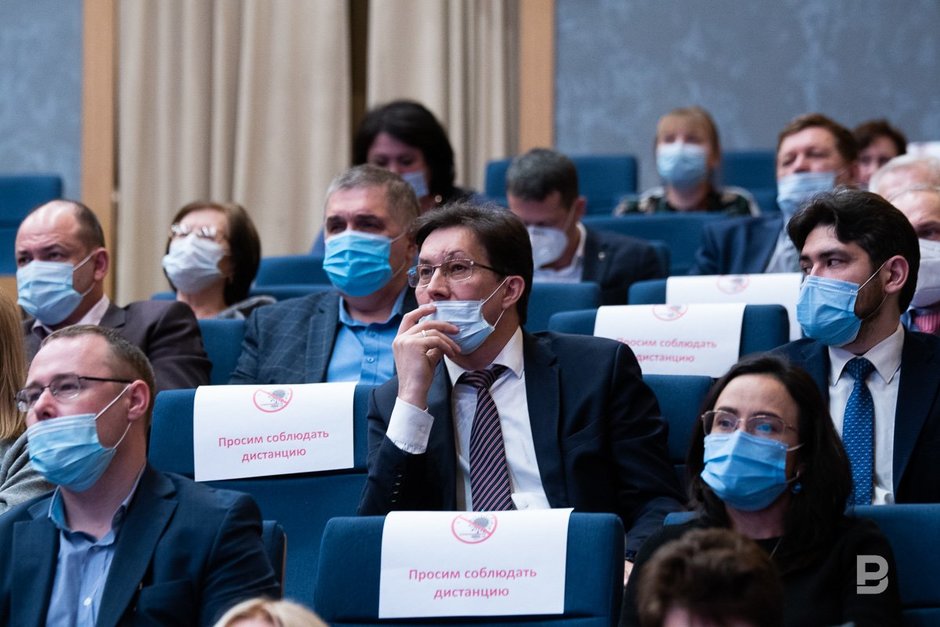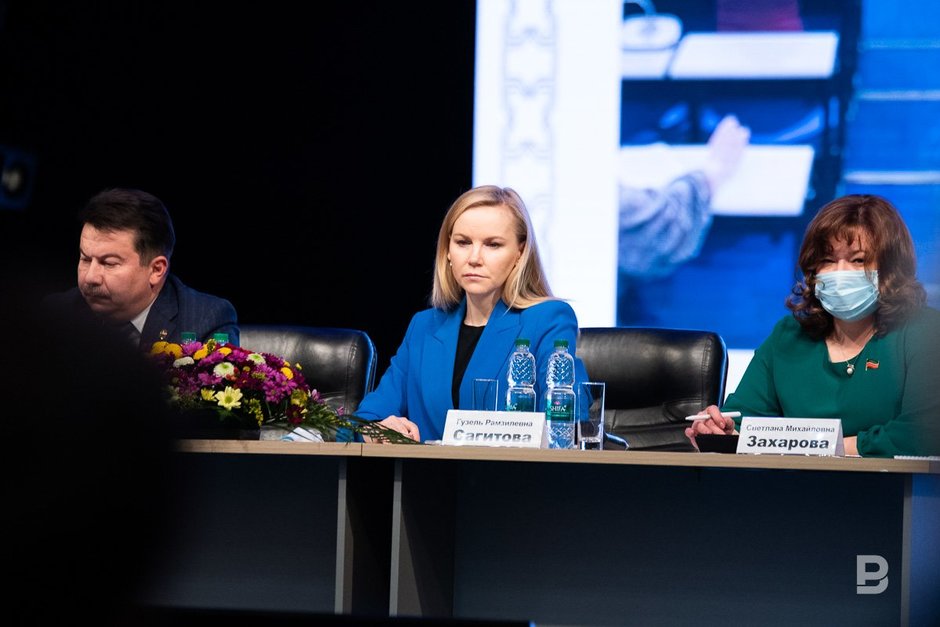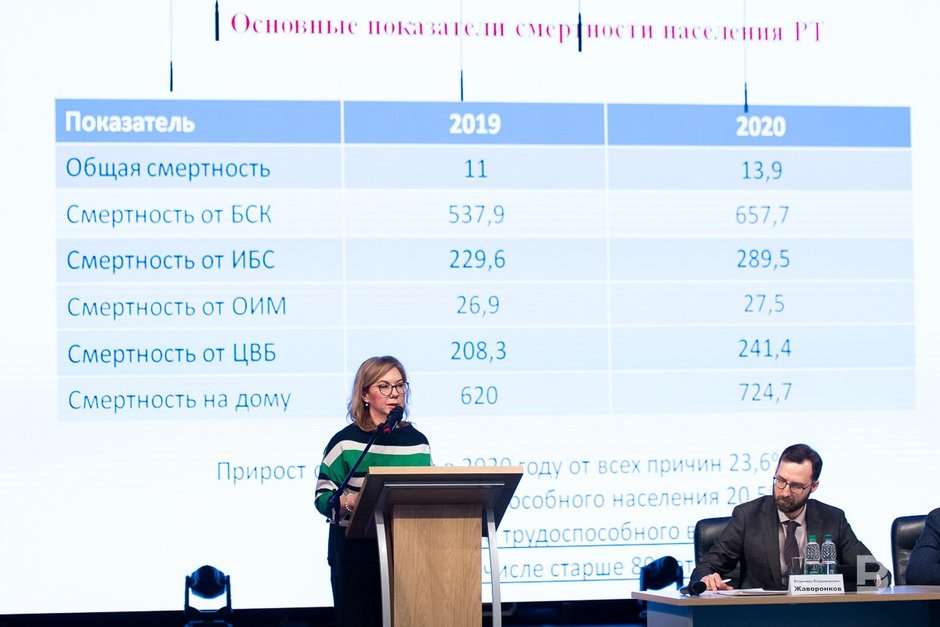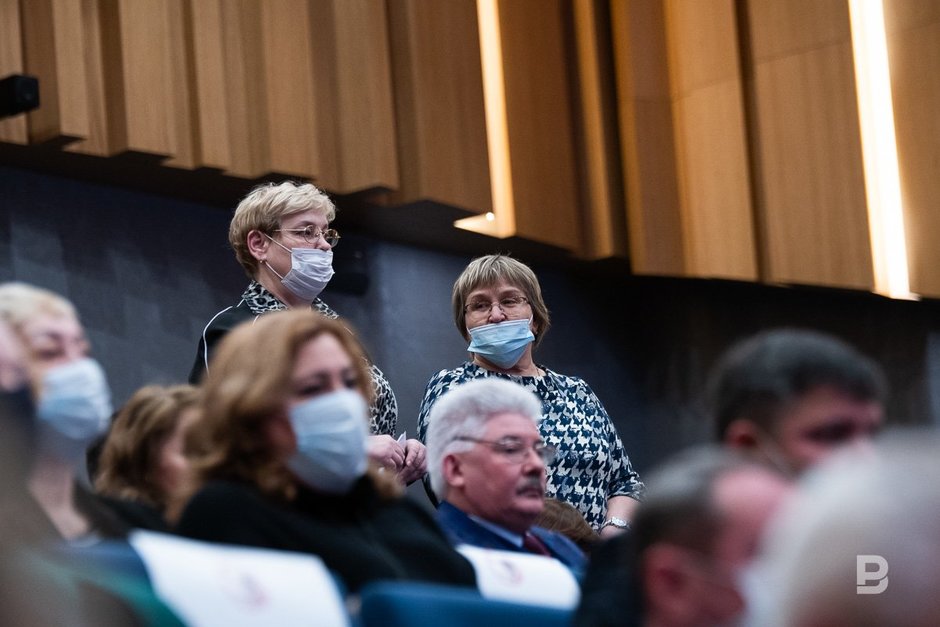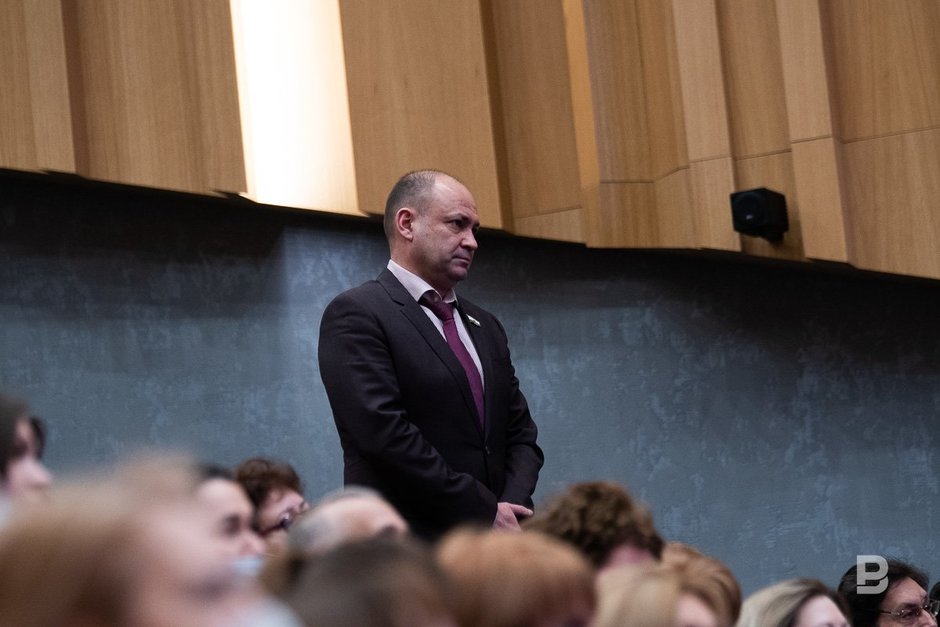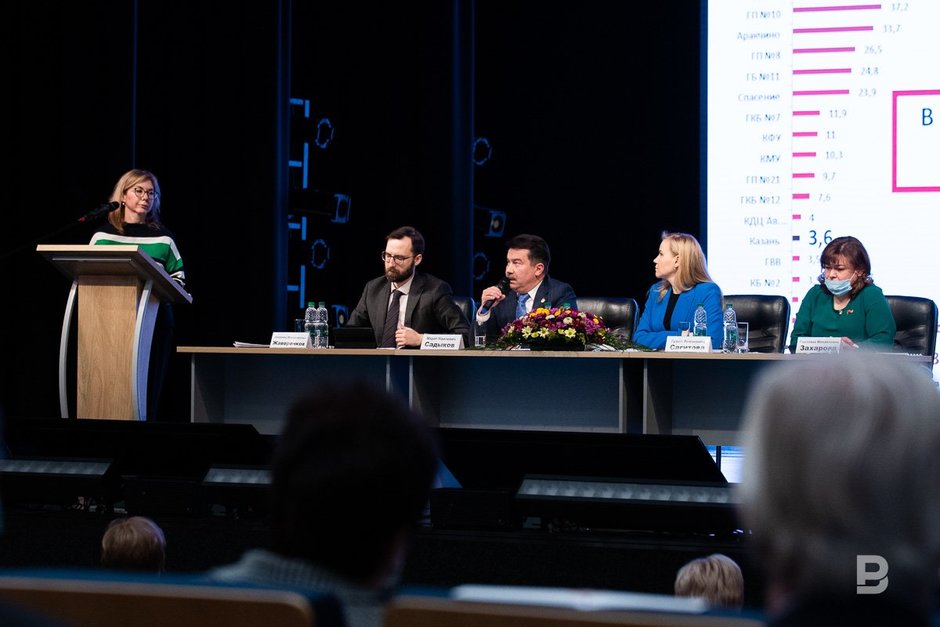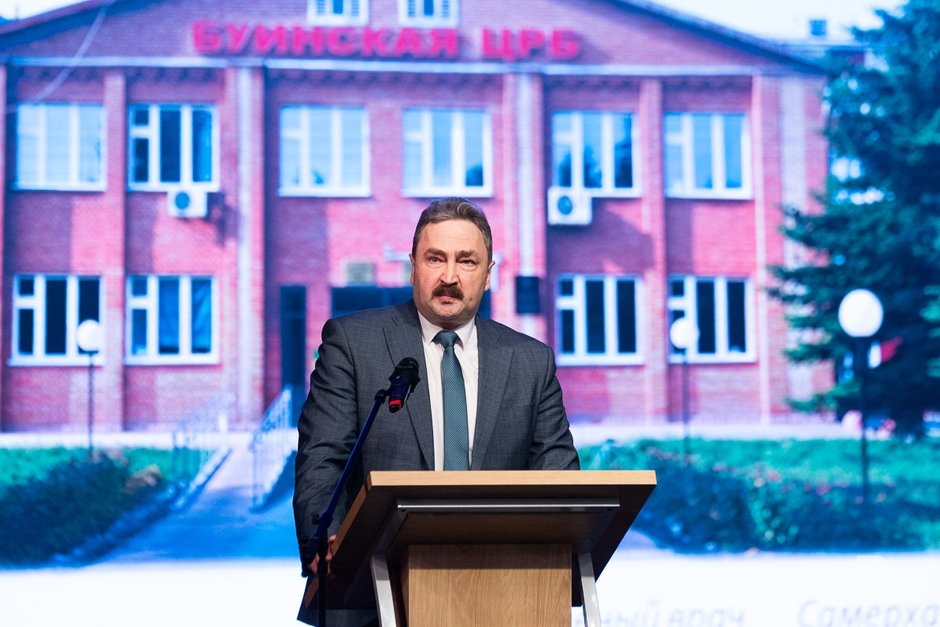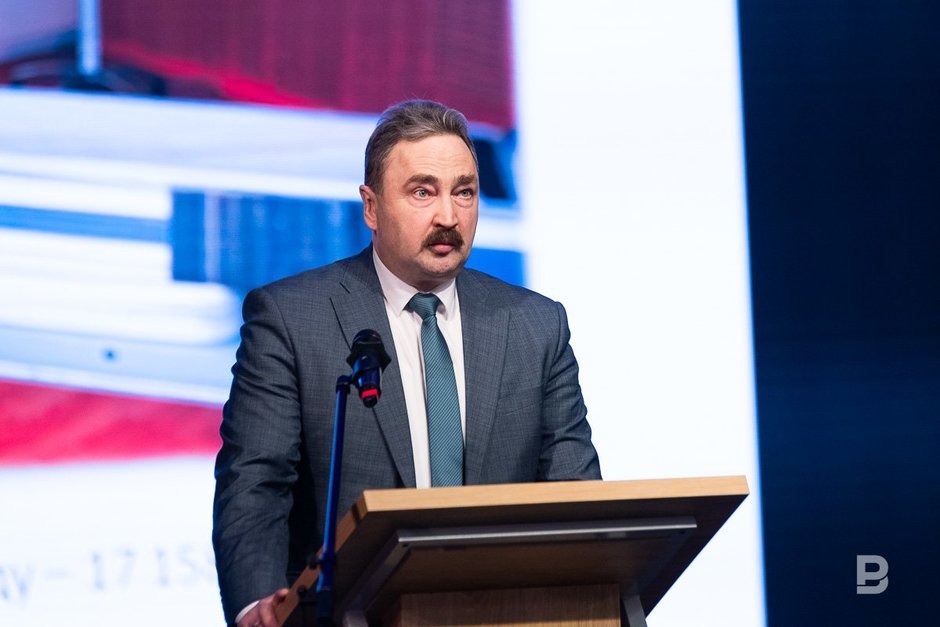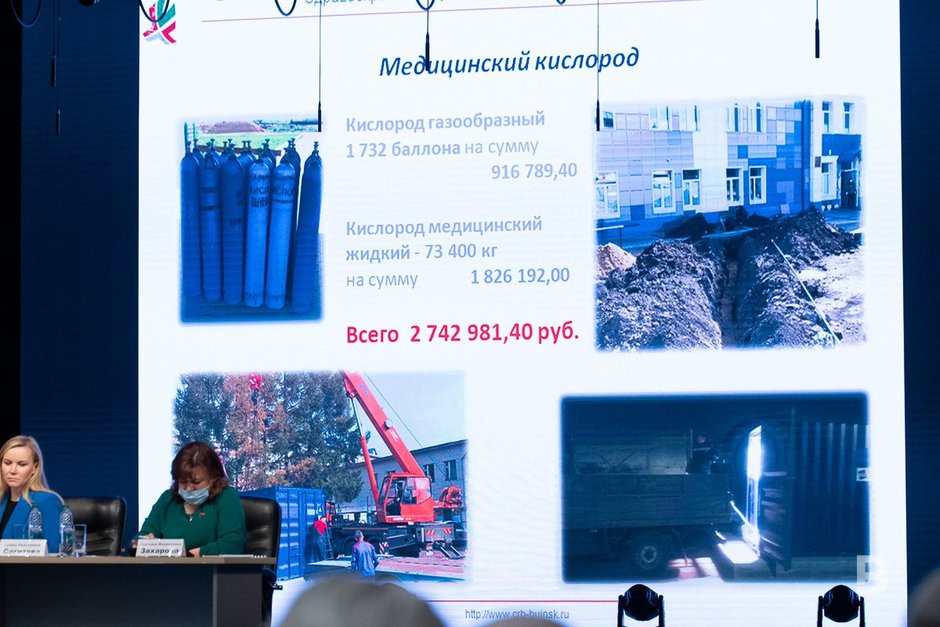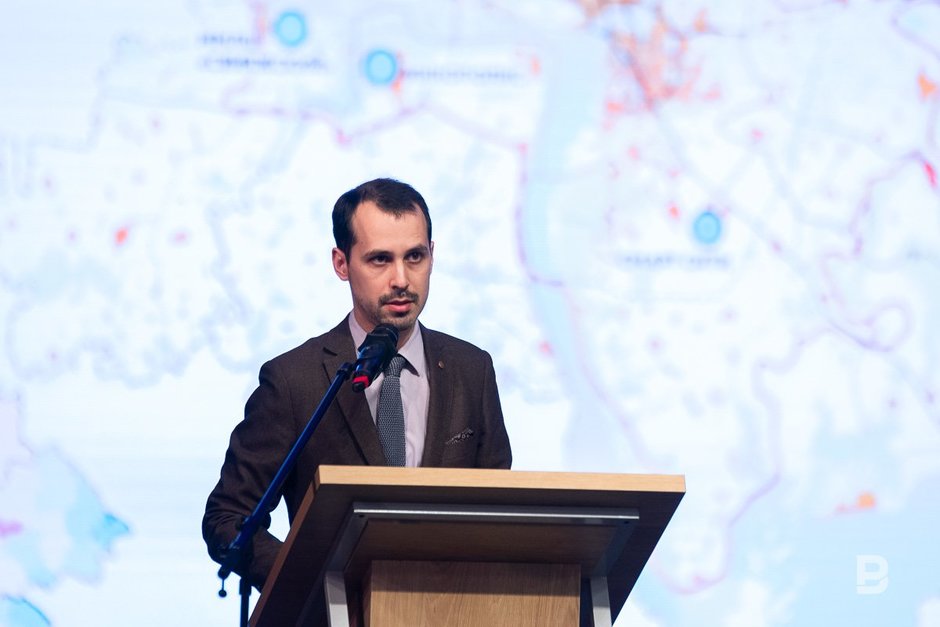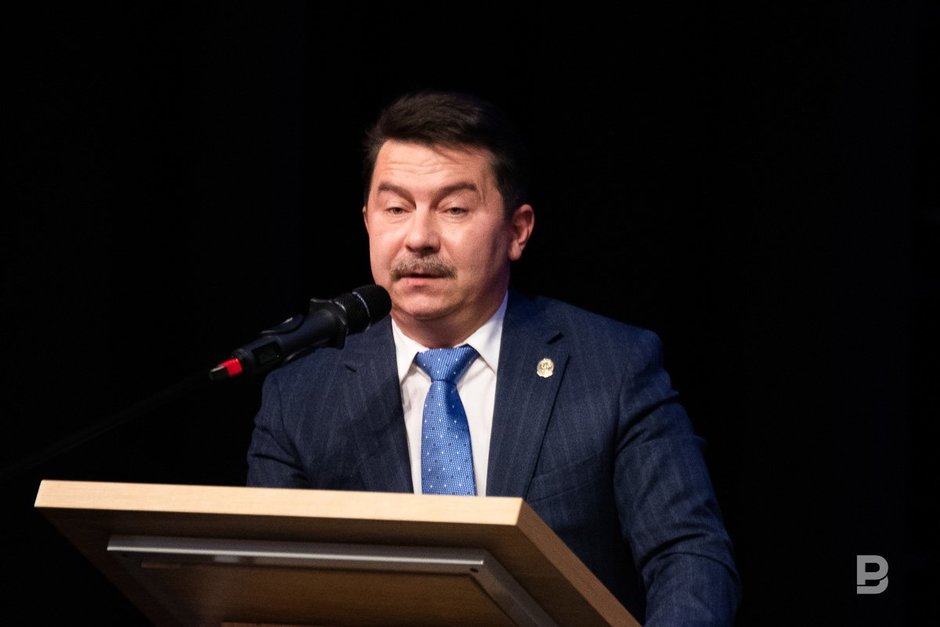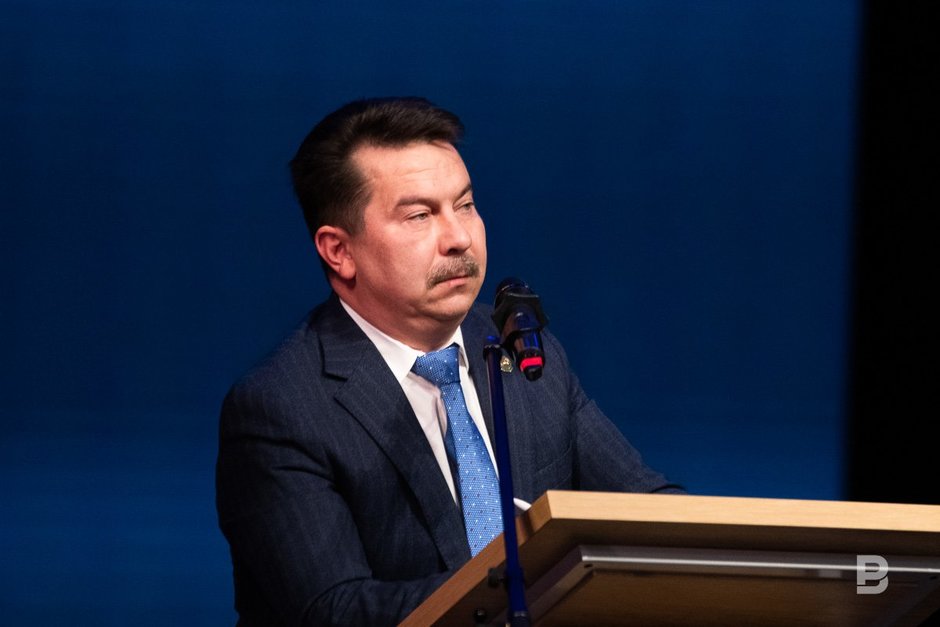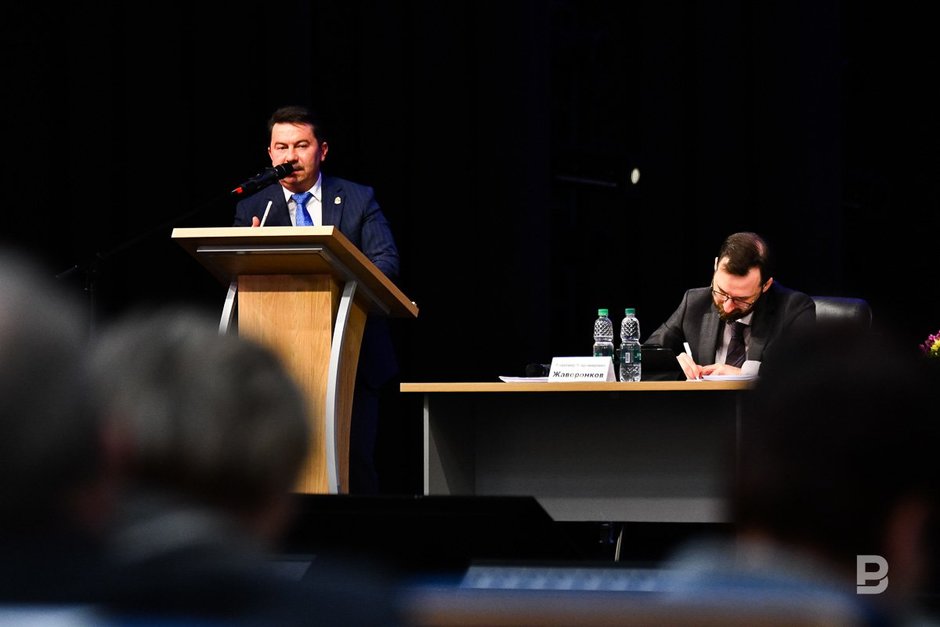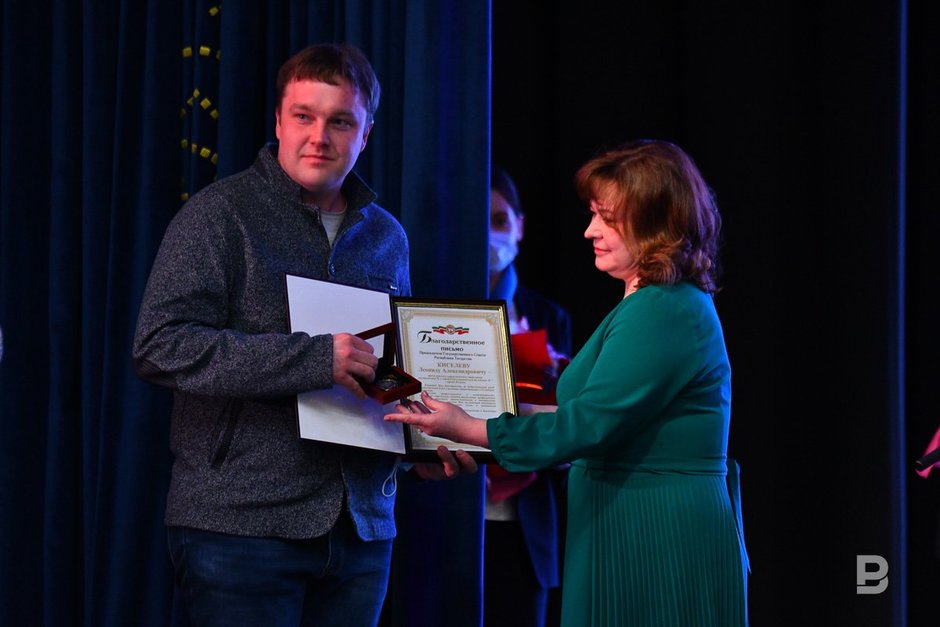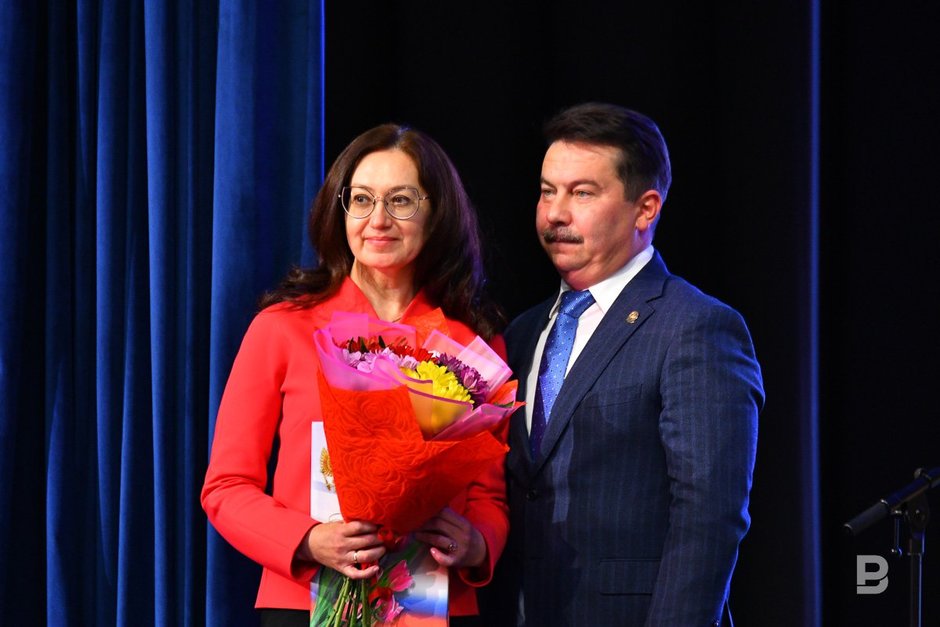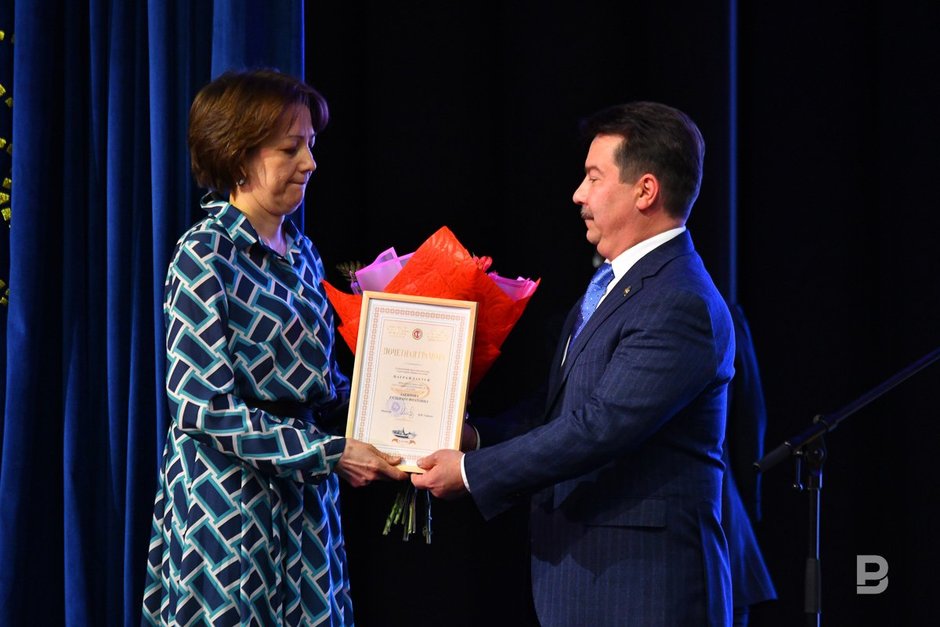‘You stood the blow in wartime conditions’: Kazan’s medicine summarises COVID-19 year
The Tatarstan health care ministry criticised primary health care but promised to raise polyclinic doctors’ salaries
The death rate in Kazan in 2020 was 12,8 per thousand citizens. It is worse than in Moscow but better than in Saint Petersburg. Due to the pandemic, check-ups had to be suspended, which can threaten with a rise in the number of cancers and cardiovascular system this year already. The necessity of increasing the capacity of beds, renewal of the fleet of health establishments and reconsideration of primary health care’s operation are among other “lessons” of the lockdown. As a stimulus, it is offered to double polyclinic doctors’ salaries. Read in Realnoe Vremya’s report how the problem of a lack of beds will be solved, when patients with rare diseases will get their medicines, why the flu disappeared.
Return to 2019
“You stood the blow in wartime conditions,” head of the Tatarstan Minister of Health Care Marat Sadykov evaluated Kazan’s health care system at a meeting of the urban health care administration. While Vice Health Minister of Tatarstan and head of Kazan Executive Committee’s Health Care Administration Vladimir Zhavoronkov claimed that 2020 would go down in the annals of history due to its ambiguity”.
First of all, they talked about the coronavirus epidemic, which became a serious challenge for the whole health care area. So the death rate in Kazan in 2020 suddenly rose and was 12,8 per thousand citizens. It is worse than in Moscow but better than in Saint Petersburg. This was expected when elective health care was suspended, Zhavoronkov said. At the same time, he stressed that the death rate in Tatarstan (13,9 per thousand citizens) remains the lowest in the Volga Federal District. He gave the medical community of the city the task of returning to the number of 2019. We should remind you that the death rate in the republic was 11,5 per thousand people then.
The death of five pregnant women from COVID-19 is the saddest fact — it made officials reconsider approaches to working with all pregnant women in the city. Antenatal clinics were obliged to daily control the state of all patients who had viral respiratory infections and send the data to a centre that had been created. “This allowed taking the situation under total control within a short time and prevent it from worsening,” Zhavoronkov claimed.
The population’s check-ups almost failed due to the coronavirus infection. Just 77,500 Kazan citizens did it, which is twice lower than the level in 2019. It is assumed to resume it this year on the previous scale. Polyclinic No. 7, Urban Hospital No. 12 and the Latypov Clinic are leaders here.
“It is crucial for us to accompany a person from start to finish — to detect a disease or claim there is none,” the head of the health care administration set a task.
Patients with cancer and heart diseases in risk group
Zhavoronkov named another sad consequence of the pandemic — a possible rise in the number of cancers and its death rate this year. Though a specialised health establishment didn’t stop receiving patients, the drop in the amount of check-ups might lead to very sad outcomes.
Chief cardiologist of the Tatarstan Health Care Ministry, Vice Chief Physician of Urban Hospital No. 12 Zulfiya Kim named another risk group — patients with cardiovascular diseases. More than 7,000 people died in the Tatarstan capital three months after the coronavirus infection due to complications that affected the cardiovascular system. Deaths at home rose by 17%. Moreover, workable people are 20% of dead people.
At the same time, Kim noted that a catastrophically low number of patients with cardiovascular diseases was registered last year, just 2,820 people, or 0,86%. And it is also a consequence of the reduction in the amount of screening or its low quality. After hearing these numbers, Minister of Health Care Marat Sadykov started to ask chief physicians of polyclinics and hospitals to stand up and required them to explain the situation. Somebody mumbled they would fix it, somebody cited that such tasks were set for the first time. Sadykov reminded them the republic was criticised by the federal ministry because our doctors didn’t participate in webinars, while recommendations for treating the same COVID-19 constantly changed. Kim tried to calm the minister down claiming that guidelines, which could be watched later, and testing methods were designed.
“And executives’ knowledge should be tested,” Sadykov exclaimed and demanded to seriously analyse the statistics on cardiovascular diseases.
The flu disappeared
Another unexpected fact is that coronavirus completely drove the flu out. No case has yet been registered in the republic. However, health workers think it is the merit of vaccination — 60% of the population received vaccines last year.
“It is an indicator of how herd immunity can solve problems of epidemics... We should already improve this mode in the situation with COVID-19. Precisely vaccination can and should help us with you from a third, fourth, fifth waves of the incidence of this disease saving a lot of lives,” Zhavoronkov stressed.
He said it was planned to vaccinate over 550,000 citizens of Kazan against coronavirus.
Lockdown lessons
The lockdown exposed a series of hot-button problems — the exhaustion of the fleet of health establishments, which was 93% by early 2020, and a shortage of beds in hospitals. The capacity of beds in Kazan is 40,8%. It became possible to solve the first problem thanks to Help is Near project in which Yandex.Taxi participated. It daily provided 65-70 cars doctors used to get to patients. Zhavoronkov proudly said that the model was invented in Kazan and then was used in other regions. The health care minister promised to solve the second problem. He honestly admitted mistakes of optimisations in the last 10 years. As a result, Republican Clinical Hospital and Hospital No. 7 had to fight with COVID-19. He claimed he would ask the Russian Ministry of Health to increase the capacity of beds in Kazan. But he already announced the construction of additional buildings in Hospitals No. 7 and 18.
Staff is another significant problem. At this moment the staffing level of Kazan health establishments is 83,5%. But there is a deficit of specialists who have qualifications, the turnover is already high. “A frequent change of staff became a norm,” the vice minister complained.
Staffing has been a huge problem especially in Children’s Polyclinic No. 4 for many years where some doctors retired, in Kazan Federal University’s University Clinic, Urban Hospital No. 2.
The necessity of reinforcement of ambulance is another “lesson” of the fight with COVID-19. 81 brigades of health workers work now, and this is obviously not enough. It is planned to increase the number of brigades to 110-120, as norms suggest.
A deficit of health establishments
The appearance of Vice Chief Architect of Kazan Timur Kadyrov at the meeting was surprising, he delivered a report Challengers of Kazan Agglomeration Development. He reminded the audience that in the future, when Kazan merges with Zelenodolsk, the population of the territory will be 1,7 million people. Moreover, there is constant migration from five districts near the Tatarstan capital. Moreover, the number of health establishments is already a problem, some of them are overloaded. Suburban residents often prefer not to receive treatment at their place of residence but go to Kazan. The deficit of health care infrastructure will make itself known more notably in the eastern part of the urban agglomeration. It is planned to deliver housing enabling to accommodate around 98,000 people in the next decades in Kazan alone, Kadyrov noted.
Given active construction in Laishevo District, its population might amount to 161,000 people. Moreover, this area has only three health establishments: Urban Polyclinic No. 18, Children’s Polyclinic No. 11 and an emergency department in Mirny settlement. The overload is 23,6%. Also, there is active construction of Stantsiya Sportivnaya microdistrict near Usady. Though it is planned to create an ambulance department for five brigades and City Doc polyclinic in this residential complex, they will just insignificantly reduce the load on the health establishments of the district.
“Only outstripping development, planning of a network of urban health establishments with convenient logistics, which will cover the load in each of the areas of the development of the agglomeration, can become a solution,” the vice chief architect of the city concluded.
A quarter of polyclinic doctors in quarantine
Minister of Health Care of Tatarstan Marat Sadykov who took the floor rephrased Zhavoronkov’s words claiming that he also had a dream — “to see not only Kazan but also the whole Republic of Tatarstan as the healthiest region in the Russian Federation”. However, the past COVID-19 year ruined previous good indicators. Sadykov didn’t hide that the growth of mortality in the republic — from 11,500 per thousand people to 13,900 — became a subject of serious criticism of the federal centre. And if the consequences of the pandemic can explain such numbers, Sadykov says that the deaths at home were a mistake of primary health care. He promised to “sort it out” with every polyclinic.
“The pandemic showed that primary health care wasn’t ready because of staff potential considering that more than 25% of the workers were over 60. This is why during the lockdown we put them in quarantine, and polyclinics simply worked like in wartime.”
The minister said he consulted the main supervisor of the republic in the Russian Health Care Ministry Oxana Rybkina. Particularly, they agreed to build a new polyclinic in Kazan while the republican Ministry of Health wants to double primary health care workers’ salaries. The audience welcomed this news with a big round of applause.
Other goods news: by late April the minister promises to resolve a painful issue of providing children with spinal muscular atrophy with medicines. They cost millions of rubles. We should remind you that Circle of Kindness foundation, which was created recently, will fund the treatment of patients with serious and rare diseases. The foundation receives money coming from a rise in tax on incomes of physical persons who earn over 5 million rubles a year. Separate programmes will be adopted for other rare diseases too.
